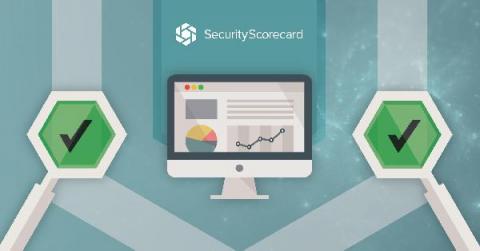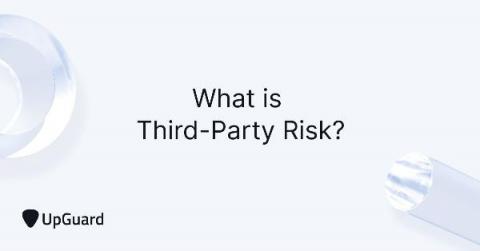'The Perfect Scorecard' Focuses on Communication Between CISOs and the Board
In most companies today, there is a critical divide between the Chief of Information Security (CISO) and their board of directors. Our new book, The Perfect Scorecard: Getting an ‘A’ in Cybersecurity from your Board of Directors , is an attempt to close that gap. The Perfect Scorecard features insights from 17 leading CISOs and executives known for their leadership skills and their ability to communicate across roles and sectors.








